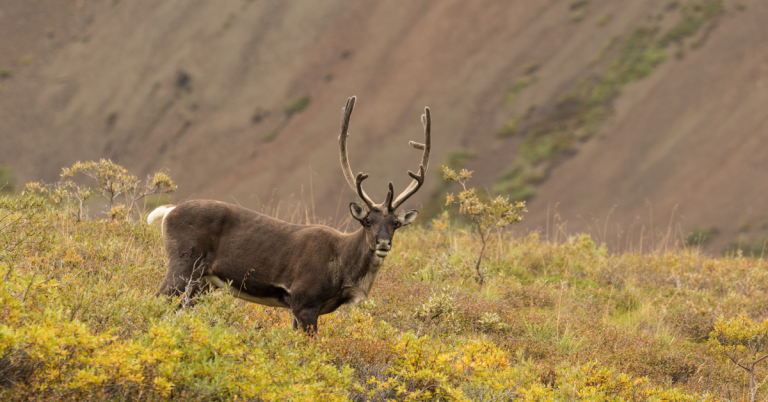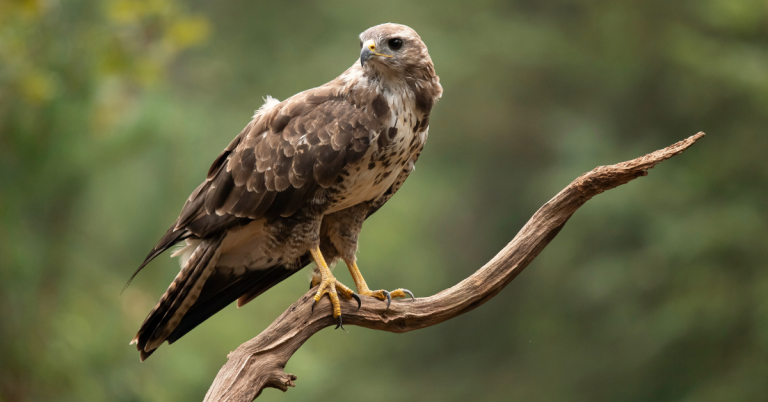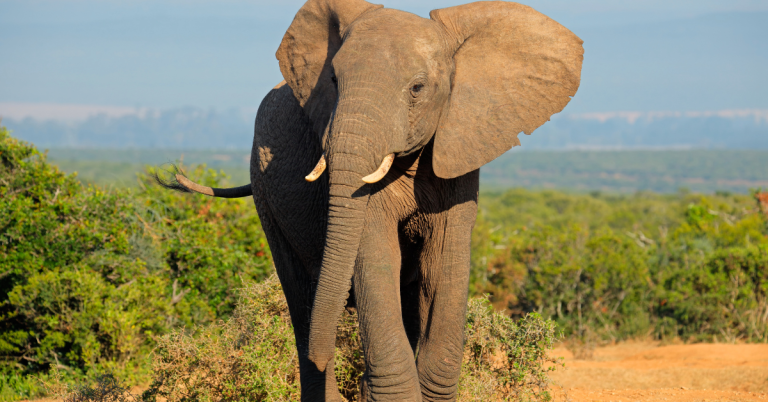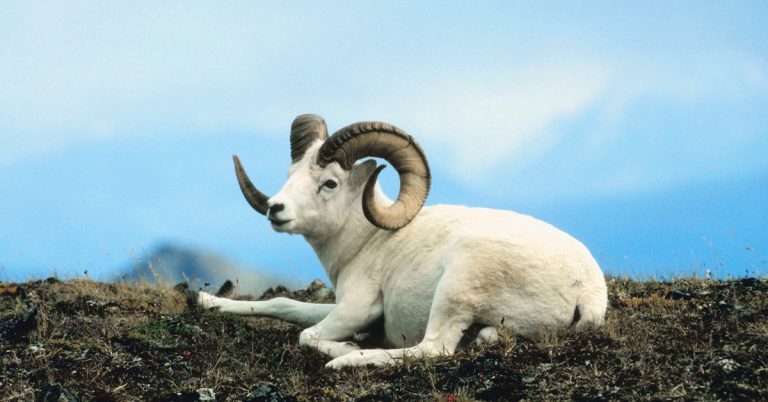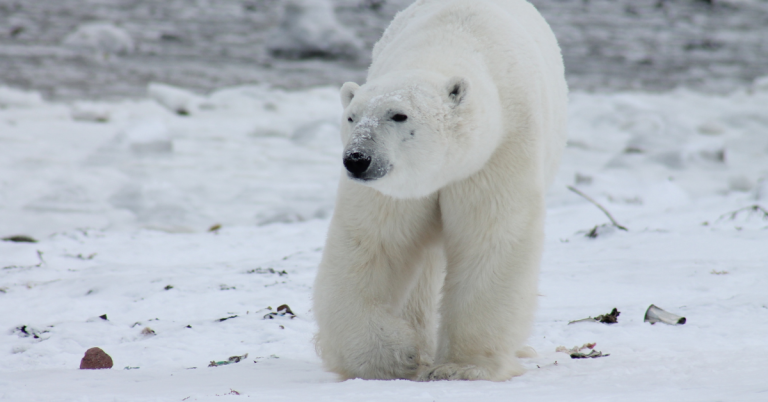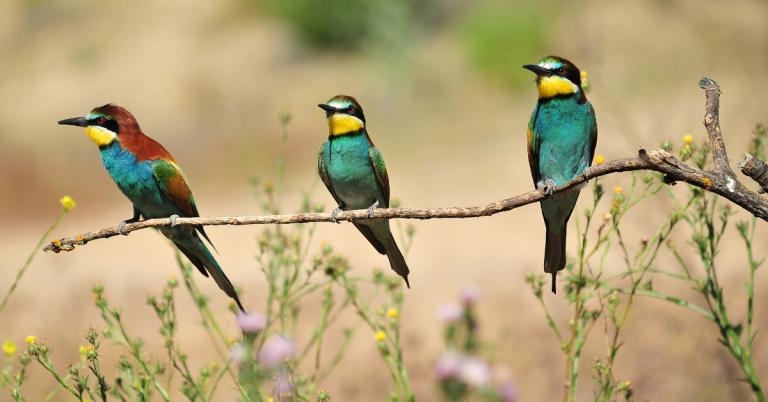grizzly bear hunting guide
Welcome to the ultimate hunting guide for the grizzly bear. In this comprehensive guide, we’ll delve into understanding the behavior of this formidable predator, choosing the right hunting location, effective hunting tactics, ethical considerations, and more. Whether you’re a seasoned hunter or a beginner, this guide will equip you with the knowledge and skills necessary for a successful and responsible hunting experience.
Understanding Behavior
Grizzly bears, also known as North American brown bears, are known for their strength and unpredictable nature. Understanding their behavior is crucial for a successful hunt. Grizzlies are omnivores with a diet that includes berries, roots, fish, and small mammals. They are most active during dawn and dusk, and their keen sense of smell and hearing makes stealth essential. Grizzly bears are solitary animals, except for mothers with cubs, and they can be highly territorial.
Choosing the Right Hunting Location
Selecting the right hunting location is essential for a successful hunt. Grizzlies inhabit a variety of environments, including forests, tundras, and mountainous regions. Look for areas with abundant food sources such as berry patches, salmon streams, and areas with high ungulate populations. National parks and wildlife reserves often have regulations, so ensure you are hunting in permitted areas. Notable hunting regions include Alaska, parts of Canada, and the northern Rocky Mountains.
Effective Hunting Tactics
When hunting grizzly bears, several tactics can increase your chances of success:
- Spot and Stalk: This involves spotting bears from a distance and then stalking them carefully to get within shooting range. This method requires patience and keen observation skills.
- Baiting: Setting up bait stations with food that attracts bears can be effective but requires knowledge of local regulations and ethical considerations.
- Calling: Using predator calls can mimic sounds that attract bears out of cover.
- Tree Stand Hunting: Setting up a tree stand near a known bear trail or food source provides a good vantage point and minimizes your scent on the ground.
Ethical and Responsible Hunting
Ethical hunting practices are paramount. Always adhere to local hunting regulations and obtain the necessary permits. Respect bag limits and avoid harvesting sows with cubs. Practice fair chase principles, ensuring the bear has a fair chance to elude you. Utilize all parts of the animal to honor the life taken and reduce waste. Participate in conservation efforts and support habitat protection initiatives.
Field Dressing and Meat Processing
Proper field dressing and meat processing are crucial to preserving the quality of your harvest. Immediately after the kill, begin field dressing the bear to cool the meat and prevent spoilage. Remove the hide, head, and internal organs, and cool the carcass as quickly as possible. Store the meat in a cool, dry place until it can be properly processed. Bear meat is nutritious but must be cooked thoroughly to avoid trichinosis. The hide can be preserved for trophies or rugs.
Species and Subspecies
The grizzly bear (Ursus arctos horribilis) is a subspecies of the brown bear. They are found in North America, particularly in Alaska, western Canada, and parts of the northwestern United States. Knowing the specific subspecies in your hunting area can help you understand their behavior and habitat preferences.
Hunting Legality by Area
Before planning your hunt, familiarize yourself with the hunting regulations and legality of your chosen area. Regulations vary by state and region, including season dates, bag limits, and specific rules for methods such as baiting or using dogs. Consult local wildlife agencies for the most up-to-date information.
Legal and Cross-Border Considerations
If you’re planning to hunt grizzly bears in multiple states or countries, be aware of any legal and cross-border considerations that may apply. Obtain the necessary permits and permissions from local authorities, and always respect the laws and regulations of each region. Ensure you understand and comply with transportation regulations for bear parts and meat across borders.
Safety Tips
Prioritize safety at all times during your hunting expedition:
- Be Bear Aware: Understand bear behavior and be prepared for encounters. Carry bear spray as a non-lethal deterrent.
- Use Proper Gear: Ensure your firearm or bow is suitable for bear hunting. Wear blaze orange for visibility and protection.
- Hunt with a Partner: Never hunt alone. Having a partner enhances safety and provides assistance if needed.
- First Aid Kit: Carry a first aid kit and know basic first aid procedures.
- Emergency Communication: Carry a GPS and a reliable communication device, especially in remote areas.
FAQs
Where is the best place to hunt?
The best places to hunt grizzly bears are areas with abundant food sources and signs of bear activity, such as Alaska, parts of Canada, and the northern Rocky Mountains.
What is the best time to hunt?
Dawn and dusk are the best times to hunt grizzly bears, as they are most active during these periods.
What are the best hunting methods?
Effective methods include spot and stalk, baiting, calling, and tree stand hunting. Each method requires specific skills and knowledge.
What is the reason for hunting?
Hunting grizzly bears can provide sustenance, population management, and conservation funding through hunting licenses and permits. Ethical hunting practices support wildlife conservation.

